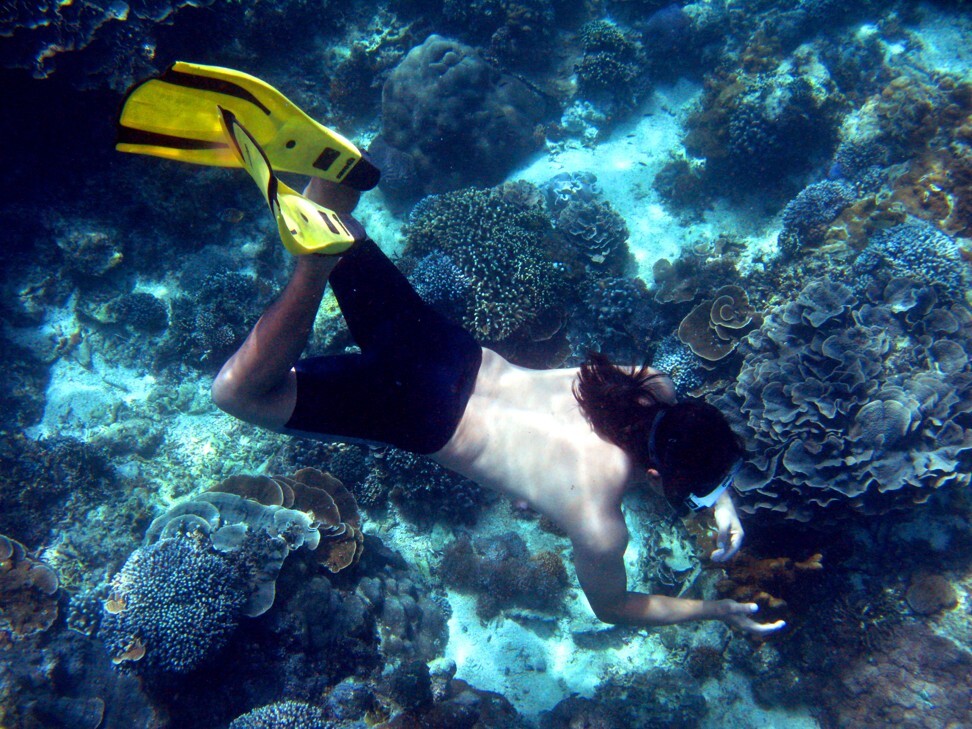
Kyoto is empty of Chinese tourists, and Japanese netizens would like to keep it that way
- The coronavirus has emptied the Japanese city of millions of visitors who thronged the streets and buses
- Reactions to a virtual tour for Chinese tourists suggest that netizens want to keep their city for themselves
The coronavirus might have curtailed international travel from China, but it hasn’t stopped what the United Nations World Tourism Organization identified as “the leading tourism outbound market in the world both in departure numbers as well as total expenditure” from wanting to explore beyond the nation’s borders. In lieu of real-life expeditions, they have been making do with tours of popular destinations, including the Palace of Versailles, in France, and London’s British Museum, live-streamed by travel companies.
On November 9, Alibaba’s travel platform Fliggy joined forces with the West Japan Railway Company (JR West) to “bring popular tourist attractions in Kyoto online to Chinese netizens”, according to Alizila, the news portal for Alibaba Group (owner of the South China Morning Post). The former imperial capital was chosen because of its existing popularity with travellers from the Middle Kingdom.
English-language, state-owned news channel CGTN reported that Japan overtook Thailand to become the top overseas destination for Chinese tourists in 2019. Naturally, attraction-rich Kyoto was one of the most-visited cities, affording sightseers the opportunity to admire the cherry blossoms, sample local delicacies and tour temples.
Fliggy’s first two-hour virtual tour “started with an introduction of the Sagano Scenic Railway, then proceeded to visit several sightseeing spots around Arashiyama, and even included a ride in a rickshaw”, reported online newspaper Japan Today. It was hosted by “Japanese resident and Chinese native Tokyo Archie, an influencer with over one million Chinese followers who posts content on sightseeing spots and eateries in Japan” and attracted more than 100,000 viewers in the first minute of its broadcast, “likely making it a very successful project”.
As Covid-19 keeps Chinese tourists at bay, Kyoto sees silver lining
Well, its success depends on who you ask. “Japanese netizens were frankly stunned that JR West would host such an event,” stated the Japan Today article. “Many complained that Kyoto had already been suffering from overtourism before the pandemic, making the city and its sightseeing spots too crowded with ‘rude’ international travellers. No one wants to go back to those days of overstuffed buses […] so many were scathingly critical of the event.”
“Are you kidding me?” questioned one commenter, adding, “Just as Kyoto was starting to get back to its beautiful self.” Another claimed that tourists “ruin the city and are annoying!” While another said: “I just get depressed when I think about all those crowds coming back again. This plan hasn’t considered the residents at all.”
In January, news site Nippon.com wrote that Kyoto was “reaching the limit of what its urban and tourism infrastructure can handle”. In 2018, 52 million people visited the city of 1.5 million. That includes Japanese tourists, but Nippon.com reported that their numbers have dwindled, “with 7 million less visiting annually since the number peaked in 2015”, put off by the “side effects” of an unchecked influx of too many visitors.
The absence of tourists is a chance to assess the situation and implement more sustainable tourism management. Because although those 52 million visitors in 2018 spent 1.3 trillion yen (US$12.42 billion), not everyone sees the benefits. “Overtourism has reached an unprecedented level,” former assembly member Murayama Shoei told Nippon.com. “If it continues more Japanese visitors will avoid Kyoto, while residents’ hostility towards tourists will only increase.”
And judging by reactions to the JR West-Fliggy tour, that hostility hasn’t gone away – even though the tourists have.
Thailand’s travel agents want a travel bubble with China

In contrast, Thailand can’t wait to welcome visitors again. On November 13, Xinhua reported that the Association of Thai Travel Agents (ATTA) had written an open letter to the Tourism and Sports Ministry requesting a travel bubble with China that would allow travellers to enter the country without having to undergo a 14-day quarantine.
“All tourists should continue to wear face masks during trips, download a tracking application and use services from operators that received the tourism safety standard of Safety and Health Administration,” said ATTA president Vichit Prakobgosol.
The Land of Smiles has started to receive small numbers of Chinese tourists under the long-stay Special Tourist Visa scheme, but the ATTA estimates that it could see “at least 300,000 travellers per month” if a travel bubble is created.
Indonesia invests in coral reef restoration for Bali

On the Indonesian island of Bali, which has also been missing its international visitors, coral reef restoration is being touted as a means to “help the resort island […] usher in recovery in its tourism sector”, according to a November 13 report from news agency Antara.
The Indonesia Coral Reef Garden programme “is a labour-intensive initiative for coral reef restoration” that will recover 50 hectares of coral reef.
It is hoped that restored reefs will not only attract tourists but also serve as educational and research facilities.

